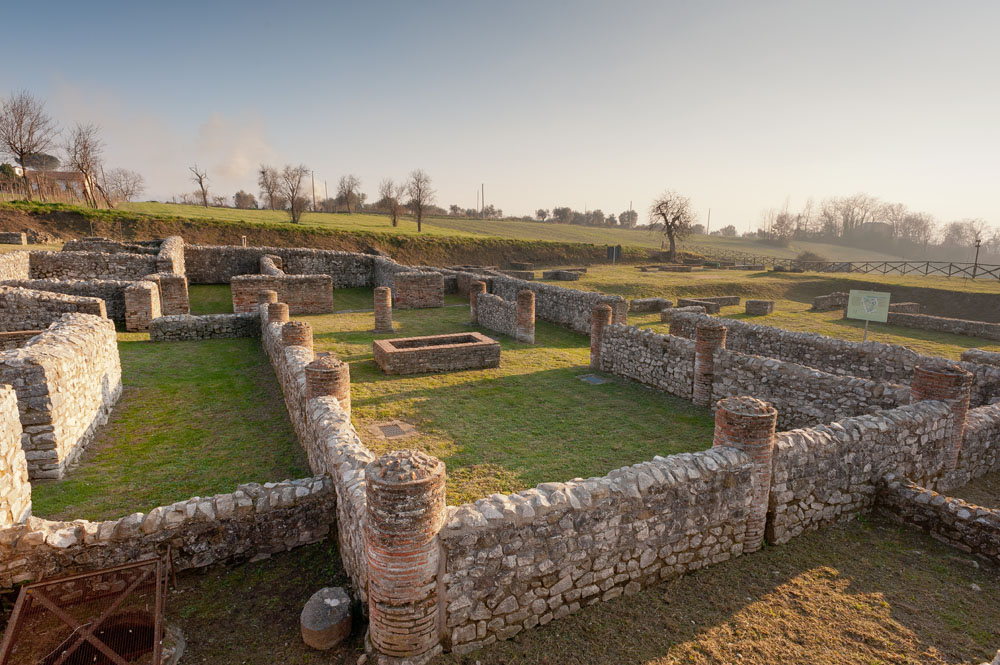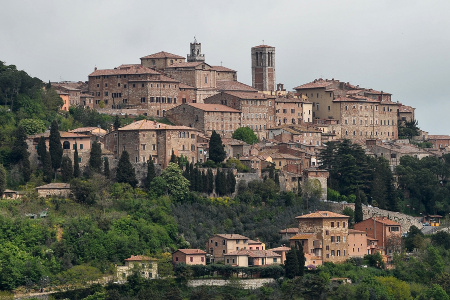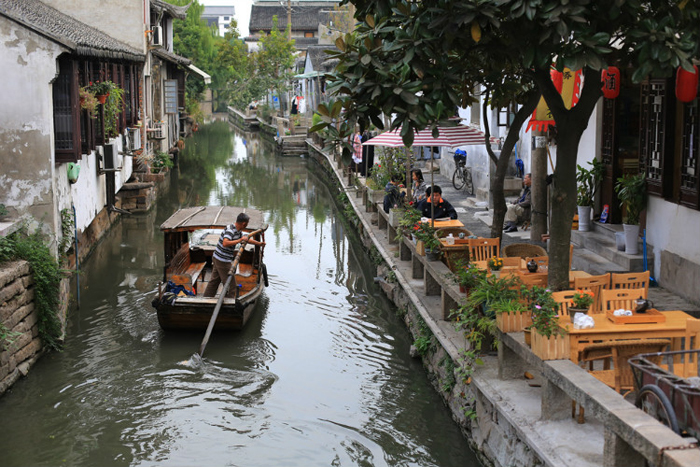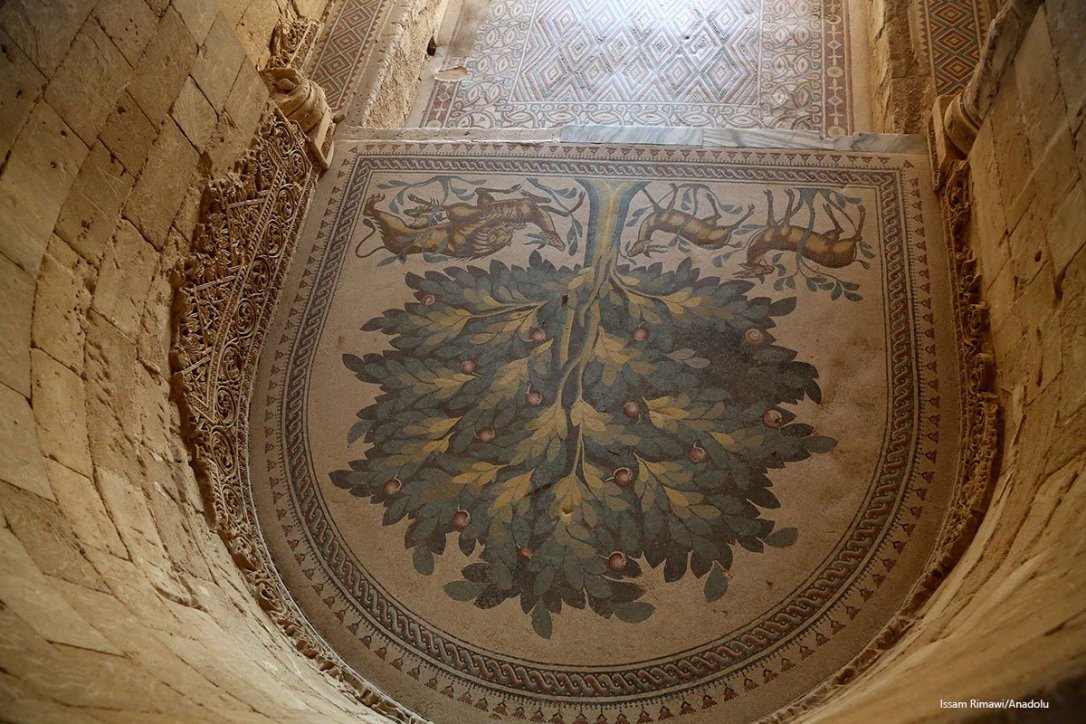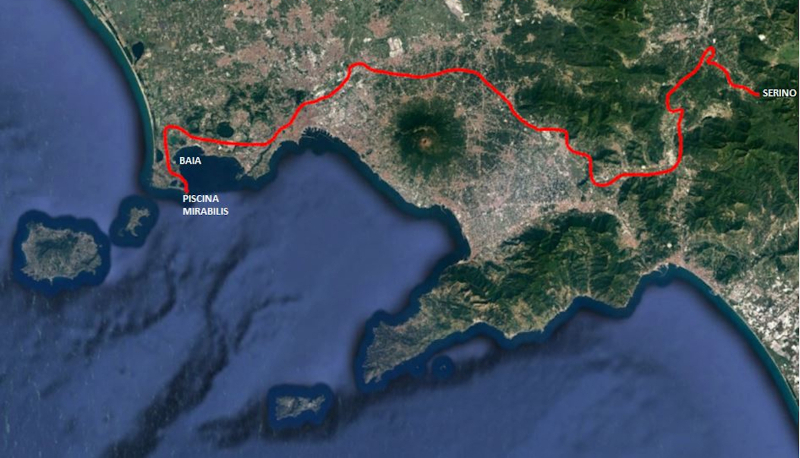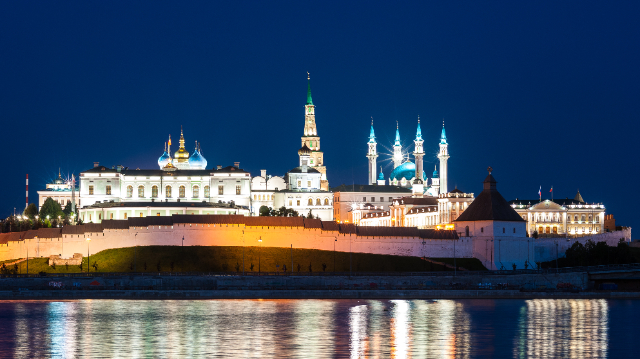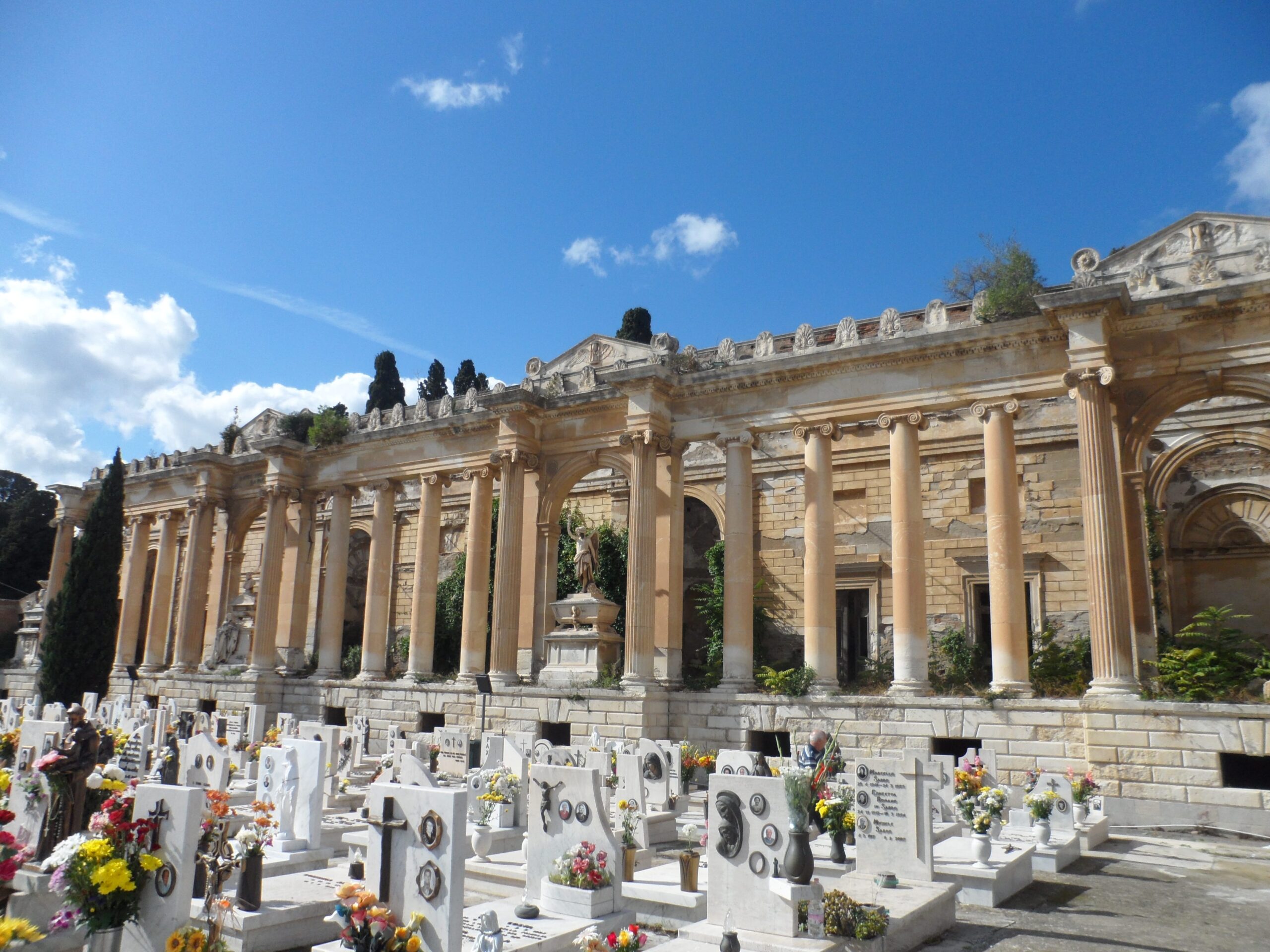Inhabited since the Eneolithic age (necropolis in the locality Madonna delle Grazie), in the locality of Passo di Mirabella Eclano stood the ancient Aeclanum whose first plant can date back to the end of the 3rd century BC.
The centre was initially equipped with a wooden wall (Appiano), later set on fire by the dictator Silla in the year 89 B.C.. Around the first century B.C., i.e. at the time of the establishment of the municipium, the fortification was rebuilt in a reticulated structure, following an irregular course that delimited a triangular-shaped plateau.
It has not so far been possible to place the civil forum, the seat of the administrative and political life of the municipium, within the walls, even though the area is partly known.
Of the slaughterhouse (open-air market for meat and fish), a central building with a circular plan can be seen, located north of the supposed forum and presumably surrounded by a porticoed space and tabernae (shops).
Overlooking a basement street is a dwelling with a peristyle supported by brick columns, originally covered with stucco. Other rooms also belonged to the same dwelling, with the function of representation.
At a later stage the dwelling seems to have changed its use, in particular in the peristyle, which has now lost its function as the centre of the house to house wells and preparations for handicraft production. The discovery during the excavation phases of a large quantity of glass slag suggested that it was a glazier’s workshop. On a short hill, to the north-west, stood a thermal complex, whose structures are still well-preserved for a considerable height, in some cases up to the vaults. Inside the thermal complex, at the time of the excavations, statues and marble decorations were found, which testify to the magnificence reached by the Irpinia centre, especially during the 2nd century AD.
The presence of a Christian basilica intra moenia, dating back to the end of the 4th century A.D., attests to the continuation of life in the urban settlement, as well as the existence of the diocese seat, which had as its bishop the famous Julian, adversary of St. Augustine.
The city was inhabited until the 7th century AD.
Since the 8th century the site is remembered with the toponym of Quintodecimo, attesting the distance of the centre from Benevento of fifteen miles.
